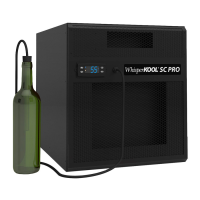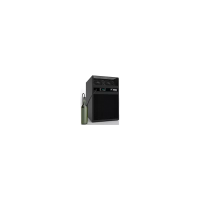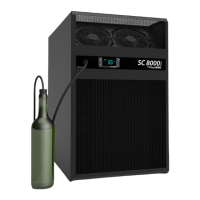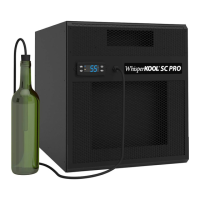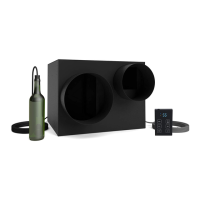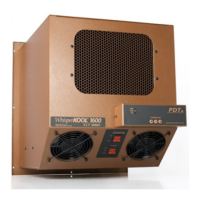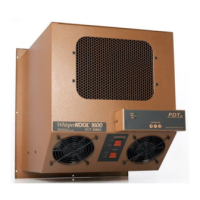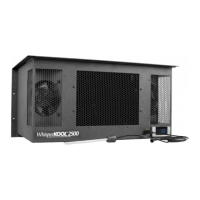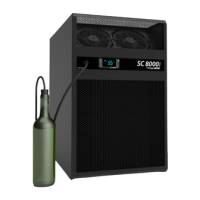What to do if my WhisperKool SC PRO Wine Cooler runs but does not cool?
- KKaren HolmesAug 13, 2025
If your WhisperKool Wine Cooler runs but doesn't cool, ensure the fan is unobstructed and the coil is clean. If the compressor is overheating, turn the unit off for one hour to allow it to cool, then turn it back on to check for cooler air. If the compressor runs, inspect and clean the condenser coil, as this could be causing the overheating.
